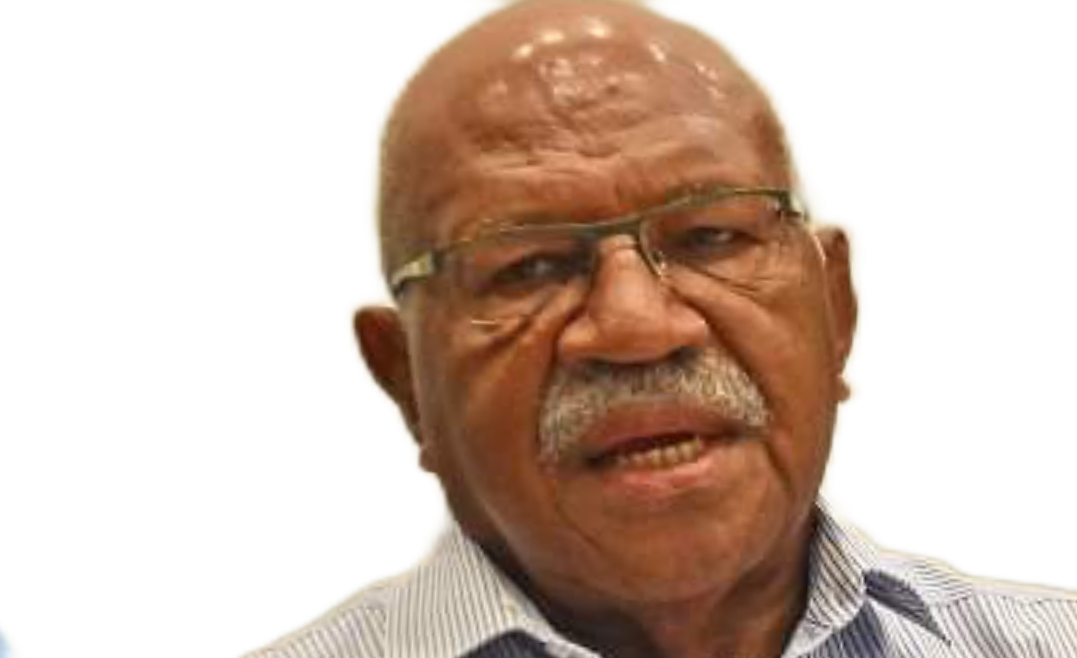Prime Minister Sitiveni Rabuka has defended his government’s decision to revive the long-dormant Buy Back Scheme after a 32-year hiatus.
In response to questions raised in a Letter to the Editor featured in the A Conversation with the PM column Mr Rabuka described the move as a long-overdue measure to begin redressing the dispossession of iTaukei land that occurred during Fiji’s colonial past.
“When the Land Claims and Native Lands commissions sat to investigate and register land ownership, some native land had already been alienated by sale or barter to European families, so were outside the ‘ownership’ of the mataqali,” Mr Rabuka said.
“‘Original,’ as Blakelock says, cannot now be established, as it was not established at those commissions of the 1920s. Lands ‘recognised’ as belonging to the mataqali, but had no surviving mataqali members, were classified as Crown Schedule B lands and those that were not claimed to have belonged to any mataqali were classified as Crown Schedule A.
“These tracts of land can be allocated to the mataqali or the yavusa whose claims of not having enough land for ‘Maintenance and Support’ in their demarcated mataqali lands according to laws (iTaukei Lands Act) are proven.”
The Buy Back Scheme 3.0 returns as part of the People’s Coalition government’s land reform agenda.
With questions raised over how the new Buy Back Scheme 3.0 will navigate constitutional and economic complexities, Mr Rabuka outlined key safeguards that will support sustainable and transparent land use.
“Landowners will have to establish Trust Deeds for the proper administration and governance of ‘bought-back’ lands to ensure their profitable and accountable use for the benefit of all in the yavusa or mataqali whose boundaries may still be traceable.
“These blocks of land will most probably be used as yavusa assets as has been the case in a yavusa in Wainikeli, Taveuni, Cakaudrove.”



